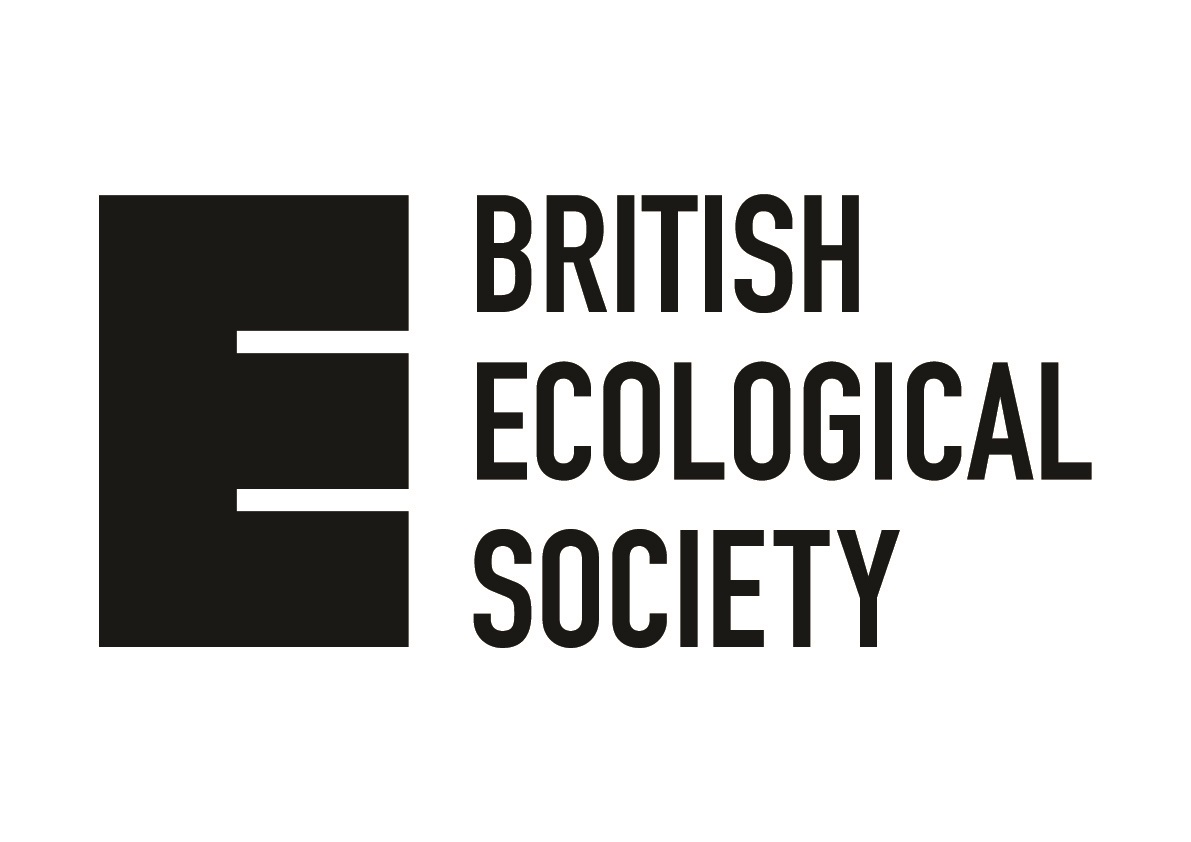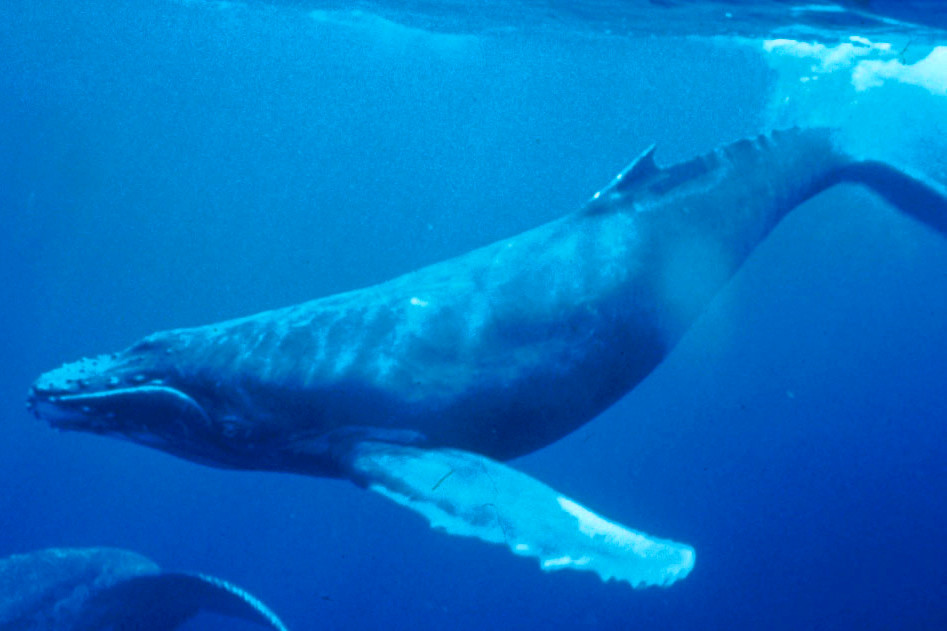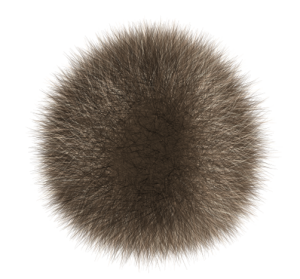A Whale of a Time 2 - Let me make you a proposal...
 A Whale of a Time is the name I’ve given to the research projects happening in the cetacean collections at the Museum. However it is also the name of a specific project funded by the British Ecological Society on using stable isotopes to monitor changes in baleen whale diets through time. I intend to document the progress of this project here, so thought I’d start with our proposal.
A Whale of a Time is the name I’ve given to the research projects happening in the cetacean collections at the Museum. However it is also the name of a specific project funded by the British Ecological Society on using stable isotopes to monitor changes in baleen whale diets through time. I intend to document the progress of this project here, so thought I’d start with our proposal.
The proposal
Whales are among the most charismatic species on Earth, but also the most enigmatic. We still know little about their biology or about how they respond to human pressures, making it difficult to strategically plan their conservation. One way to investigate the ecology of species that are hard to observe is to use stable isotopes. Variation in ratios of delta13C and delta15N can provide information on changes in an individual’s relative space use and diet over time. Isotope models for delta13C can also predict latitudinal variability. In this project we will use stable isotopes and museum collections to gain unprecedented insight into the historical and recent ecology of whales.
The Natural History Museum’s cetacean collection contains thousands of specimens dating from the early 1800s to the present. This provides us with a unique opportunity to investigate both recent and historical human impacts on whale ecology. In this pilot study, we will focus on North Atlantic rorquals (Balaenopteridae), including the blue, fin and minke whales. We will use delta13C and delta15N stable isotope ratios to chart changes in niche width through periods of intense whaling in the early 1900s, increased impacts of fishing, the end of commercial whaling in 1986, and the intensification of herring/capelin fishing in the arctic. This project will coincide with the Museum’s reveal of the blue whale skeleton in Hintze hall, and has huge potential for generating new scientific insights and stimulating public engagement.
Specifically we will ask:
- How were ecological and environmental niches of rorquals influenced by historical whaling and intensified fishing?
- Has the latitudinal range of rorquals expanded or shrunk in response to historical whaling and intensified fishing?
We predict that the niche widths of rorquals were greatly reduced by whaling, and that subsequently, as populations begin to increase again, their niche expanded. We also predict that competition with arctic fisheries has caused the latitudinal range of rorquals to shrink southwards as fishing in these areas has intensified. Our findings will provide insights into how human actions have impacted these charismatic animals in the past, present and future.
This project will be carried out by myself, Dr Andrew Jackson (Trinity College Dublin), Dr Clive Trueman (National Oceanography Centre, Southampton), Richard Sabin and Masters students Kate Chadwick (Southampton) and Dan Bell (Imperial).
The small print
This is a slightly modified version of what we submitted with the methods removed because we’ve already changed the methods (it will become clearer why in a future post!). It will be interesting to see how much this all changes as the project progresses!
Side note on funding
We were absolutely delighted when we got this funding from the BES. It was a really quick and straightforward application process, and although it’s only £5000 this is a perfect amount to fund a project like this. The money will cover stable isotope analyses and travel costs for collaborators. It will also allow two MSc students to carry out projects with our collections. If only more small pots of funding like this were available!

Natalie
@nhcooper123
